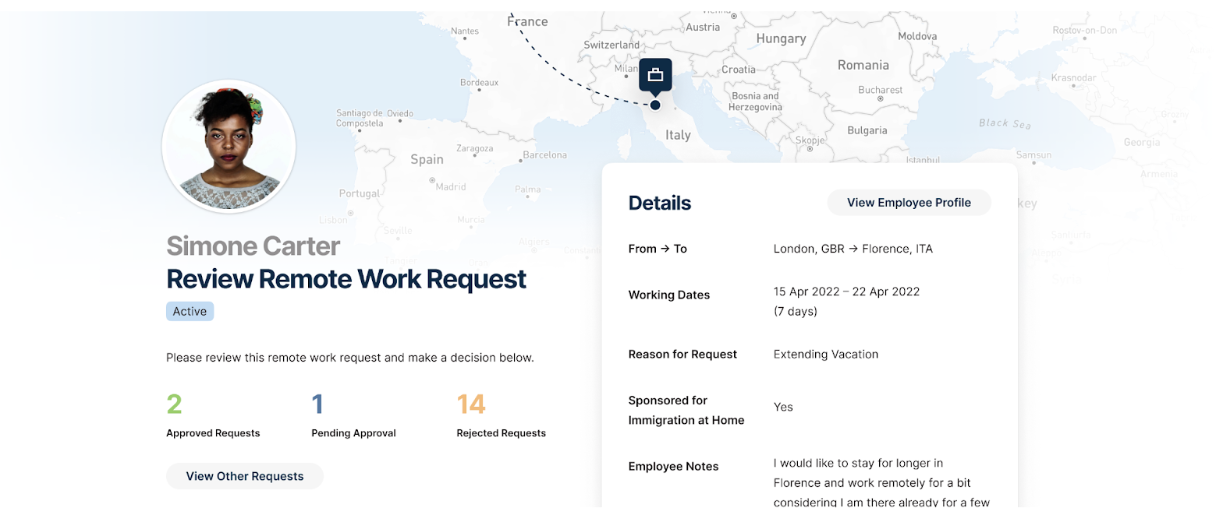
A week in review: Topia, CAB, HRTransform
What an exciting and eventful week.
Take it from us – if you want a busy week launch a new brand, on the same day as a customer advisory board (CAB) meeting, in conjunction with a new HR conference and tradeshow, HR Transform. You’ll have plenty going on to keep yourself occupied.
With all the excitement we wanted to take a moment to share the trends and opportunities we heard from our CAB and the sessions at HRTransform.
Automation is a real opportunity to uplevel HR.
Automation shouldn’t scare HR professionals. It’s not coming to steal away jobs or make the role obsolete. Rather it is freeing up teams from the mundane administration to focus on the big picture problems plaguing organizations globally. Namely – employee retention, attraction, diversity, and experience experience.
Dawn Sharifan from Slack said it best on her panel: “We need to use technology and data to really change the problems that we’re solving, so we don’t have to keep doing the same thing over and over again.”
Our CAB attendees were particularly interested in automating and integrating things like immigration status, scenario planning and equity compensation calculations to enable more strategic alignment of talent mobility and business objectives.
Diversity in the workplace isn’t just a tech problem, or mobility problem, or an educational problem – it’s an everyone problem.
A number of sessions at HRTransform focused on diversity and inclusion initiatives – a hot topic particularly for those in Silicon Valley, and a growing concern for mobility teams where typically less than 20% of assignees are women.
In her fireside chat with Bernard Coleman III, Global Head of Diversity & Inclusion at Uber, Fraeda Kapor Klein outlined with vigor and passion the tangible actions that must be taken to drive diversity in organizations. Based on her research the two best things an organization can do are set explicit Diversity hiring goals and offer an extra referral bonus for bringing in an employee from an underrepresented employee group.
We can easily translate these to tangible actions in the mobility world. First mandate that a certain level of assignees or mobile employees are of underrepresented minority groups. Second is to review your policies to ensure that the right benefits and support are being offered to the different types of employees.
According to Fraeda it’s up to individuals, leaders, and organizations to take what may be a controversial stand to level the playing field and actually move the needle in diversity.
The type of work we do, where we work, and how we work is changing.
We’re currently in the fourth industrial revolution – one where AI and robots replace the brain and manual labor. This revolution is all about creativity and how this trait that makes us uniquely human will augment technology. It will also put a premium on specialized skill sets already driving up a shortage in key talent markets.
It’s projected that due to the pace of technology shifts, the average half life of a given skill is five years. To accommodate this companies and employees need to embrace a lifelong learning model and also flexible employment structures leveraging a mix of FTE, freelancers, and contingent workers.
It also happens that the places where jobs are being destroyed are not the same as where they are being created. So in addition to organizations and governments needing the capacity to reskill labor, we also need the capacity to relocate skilled labor efficiently.
The exciting thing for Topia is that many of the trends and observations from our events this week align with our view of talent mobility enabling the agile workforce. A workforce that is able to fluidly move between roles, teams and locations.



